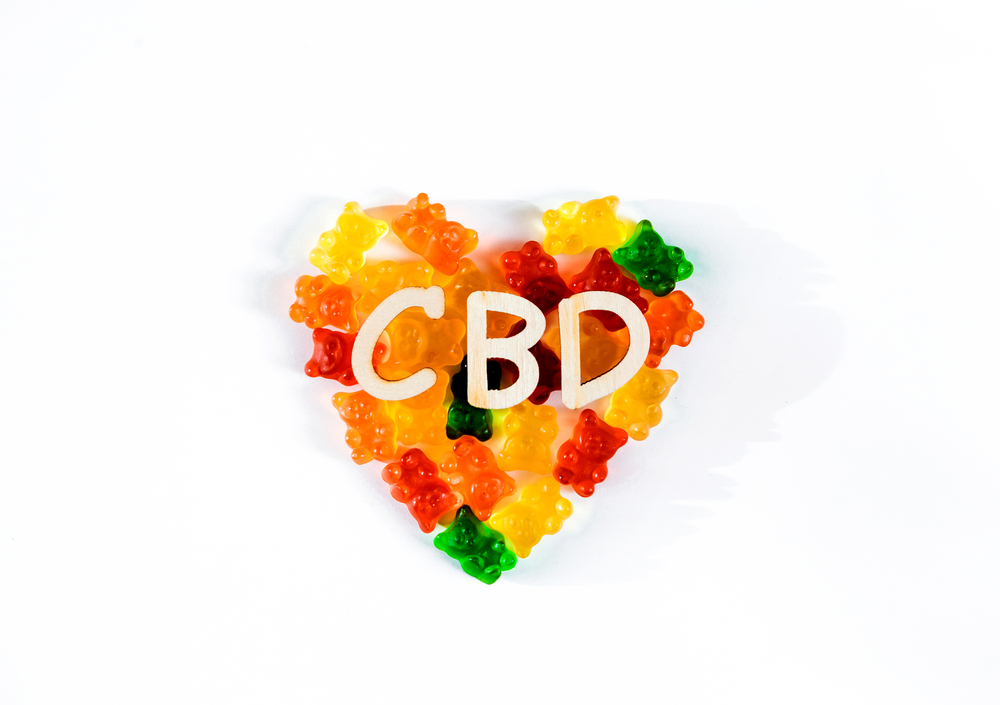Understanding CBD Extraction: A Guide to Choosing the Best Products for Your Needs

If you’re new to the world of CBD, you may be familiar with its potential to promote wellness, but you might not know much about the process that makes it possible: CBD extraction. Simply put, CBD must be carefully extracted from the hemp plant to harness its beneficial properties. Depending on the extraction method used, the quality, purity, and potency of the final product can vary significantly. In this guide, we’ll break down the most common extraction methods, helping you make an informed decision when choosing your next CBD product.
What is CBD Extraction and Why Does it Matter?
CBD, or cannabidiol, is a naturally occurring compound found in hemp plants. To unlock its potential, it must undergo an extraction process that isolates the CBD from the plant material, concentrating it for use in a variety of products like oils, creams, and gummies. The extraction method influences the quality and effectiveness of the final product, so understanding these methods is crucial when shopping for CBD.
Common CBD Extraction Methods
There are a few key methods used to extract CBD, each with distinct advantages and trade-offs. Here’s an overview of the most popular options:
1. Organic Alcohol Extraction
This method uses ethanol, derived from organic sources like sugar cane, to extract CBD and other beneficial compounds from hemp plants. The alcohol dissolves cannabinoids and terpenes, creating a full-spectrum extract that retains a broad range of plant compounds.
Why Choose This Method?
- Natural and Organic: The use of organic ethanol ensures that the extraction process remains as natural as possible, appealing to consumers seeking eco-friendly, clean products.
- Preserves Terpenes and Cannabinoids: This method excels at retaining the full spectrum of cannabinoids and terpenes, which may enhance the entourage effect for a more holistic experience.
- Cost-Effective: Compared to more complex methods, alcohol extraction is relatively affordable and easy to implement.
Considerations:
- Residual Alcohol: If not refined properly, some traces of alcohol may remain in the final product, potentially affecting taste or purity.
- Flavor Profile: The alcohol extraction process can sometimes leave behind a distinct taste, which may not be ideal for all users.
2. CO2 Extraction
CO2 extraction uses carbon dioxide in a high-pressure environment to separate CBD from the hemp plant. By adjusting temperature and pressure, CO2 can be used as a solvent to extract the compound in a way that avoids leaving behind harmful residues.
Why Choose This Method?
- Precision and Purity: CO2 extraction is highly precise and can be tailored to extract specific cannabinoids, offering a pure, high-quality product free from chlorophyll or other unwanted compounds.
- Safety: Since CO2 is non-toxic and doesn’t leave any solvent residues, it’s considered one of the safest methods for extracting CBD.
- Customizable: This method allows for greater control over the final product, enabling manufacturers to adjust the extraction process for different cannabinoid profiles.
Considerations:
- Higher Costs: CO2 extraction requires expensive equipment and expert handling, making it a more costly method, which can affect the price of the final product.
- Complex Process: The precision required means this method is typically used by larger companies or those producing premium CBD products.
3. Hydrocarbon Extraction
Hydrocarbon extraction uses solvents like butane or propane to extract CBD. In this process, the solvent dissolves cannabinoids and terpenes, leaving behind plant matter. While this method is often used for creating highly concentrated products, it comes with some risks.
Why Choose This Method?
- Cost-Efficient: Hydrocarbon extraction is relatively inexpensive compared to other methods, making it a popular choice for large-scale operations.
- High Yield: This method is efficient in extracting high concentrations of CBD, which is ideal for products requiring high-potency formulations.
Considerations:
- Potential Residual Solvents: If not fully purged, butane residues can remain in the final product, leading to safety concerns and a potential impact on product purity.
- Safety Risks: The flammability of butane and propane requires specialized equipment and rigorous safety protocols.
- Environmental Concerns: Hydrocarbon solvents are fossil-based, which may not align with the preferences of consumers who prioritize sustainability.
Which Extraction Method is Right for You?
When shopping for CBD products, understanding the extraction method can help you choose the one that best meets your needs. Whether you prioritize purity, sustainability, cost, or potency, each extraction method offers unique benefits:
- For Eco-Conscious Consumers: Organic alcohol extraction is a great option, offering a natural, sustainable process while preserving the full spectrum of cannabinoids and terpenes.
- For Purity and Precision: If you’re looking for the cleanest, most refined CBD, CO2 extraction offers unmatched precision and safety, though it may come at a higher price.
- For Large-Scale Operations or Potency: Hydrocarbon extraction can deliver a high concentration of CBD at a lower cost, but it comes with potential safety and environmental concerns.
Conclusion
The CBD extraction process is essential in creating products that are effective, safe, and high-quality. By understanding the different extraction methods, you can make a more informed decision when choosing a CBD product that aligns with your preferences and values. Whether you’re looking for sustainability, potency, or purity, knowing the differences between extraction methods will guide you in finding the best CBD solution for your needs.


